Have you ever wanted to harvest wine grapes in Napa Valley? Press olive oil in Italy? Milk a cow in Maine? WWOOFING can take you there.
WWOOFING stands for “Willing Workers on Organic Farms” or “World Wide Opportunities on Organic Farms” depending on who you ask. Regardless of what exactly the acronym stands for, WWOOFING is an excellent way to travel intentionally. As we’ll talk more about later, intentional travel is any travel done with the purpose of having positive outcomes for yourself and your destination. Lets talk about some of the main points of information you’ll need if you’re thinking about being a WWOOFER:
- WWOOFING involves staying and working on an organic farm somewhere around the world.
- You live with your host on the farm. Stays vary from as short as two days to as long as six months.
- You are expected to work around 4-6 hours per day on the farm in exchange for your room (and sometimes board).
- There are an incredible number of things you could do on the farm, from milking cows to planting a field to harvesting grapes.
- To find a WWOOFING experience in the destination of your choice, head to the WWOOF International or Federation of WWOOF Organizations website.
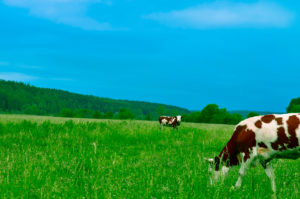
WWOOFING became a thing in the early 1970s in England when a woman named Sue Coppard organized travel for people who lived in the city to stay and work on organic farms in the countryside. Fast forward from humble beginnings to the year 2000, when the first International WWOOF conference was held with representatives from 15 countries. These days there are myriad WWOOFING organizations across the globe, and many more that operate outside of the formal structure provided by WWOOOFing organizations in varying countries. As the number of travelers who care about being sustainable grows, WWOOFING has grown in tandem.
Why is WOOFING a type of intentional travel?
Intentional travel involves any travel that revolves around having positive impacts in your travel destination on purpose. There are plenty of trips where we unintentionally have good impacts – we do things like spend money at local businesses or have positive social interactions all the time. Intentional travel involves planning trips where those positive impacts are the focus of the trip.
There are a great deal of positive impacts that come from WWOOFING for both the traveler and the farm host. Economically, the benefits of tourism tend to be focused on urban areas and tourism enclaves near natural resource attractions. WWOOFING helps bring those benefits to rural farm areas where they would normally not be found, helping spread the economic love around. In terms of interactions, the WWOOFING experience is just about as authentic as it gets – spending time on the farm creates excellent opportunities for organic (pun intended) interactions between hosts and guests, as well as among guests from various places. Those who undertake WWOOFING experiences usually leave their trips with knew knowledge that they may find surprisingly useful in their every day lives – there are many a story of WWOOFERS returning home to start gardening in their own back yards. Finally, travelers who spend time WWOOFING often leave with a greater appreciation of where their food comes from and the hard work it takes to raise and harvest much of what we consume. In a time where much of the food in grocery stores comes pre-packaged in single serving sizes, learning more about food systems is increasingly important.
The bottom line
There are an incredible breadth of options when it comes to WWOOFING, and travelers of every personality type can likely find something appropriate. Some farms are more rustic than others, so be sure to do your homework when it comes to the experience you are looking for. More adventurous travelers might be interested in jumping head first into an experience with livestock, while those who are a little less sure about staying on a farm might go for an experience at a vineyard or orchard.
Learn More
If you’re interested in WWOOFING, your first click should be the WWOOF International or Federation of WWOOF Organizations website. If you want to learn more about planning a trip that includes a WWOOFING experience, head over to my travel planning strategy guide. If you want to learn more about tourism impacts and sustainability, head over to my page on impacts and sustainability.





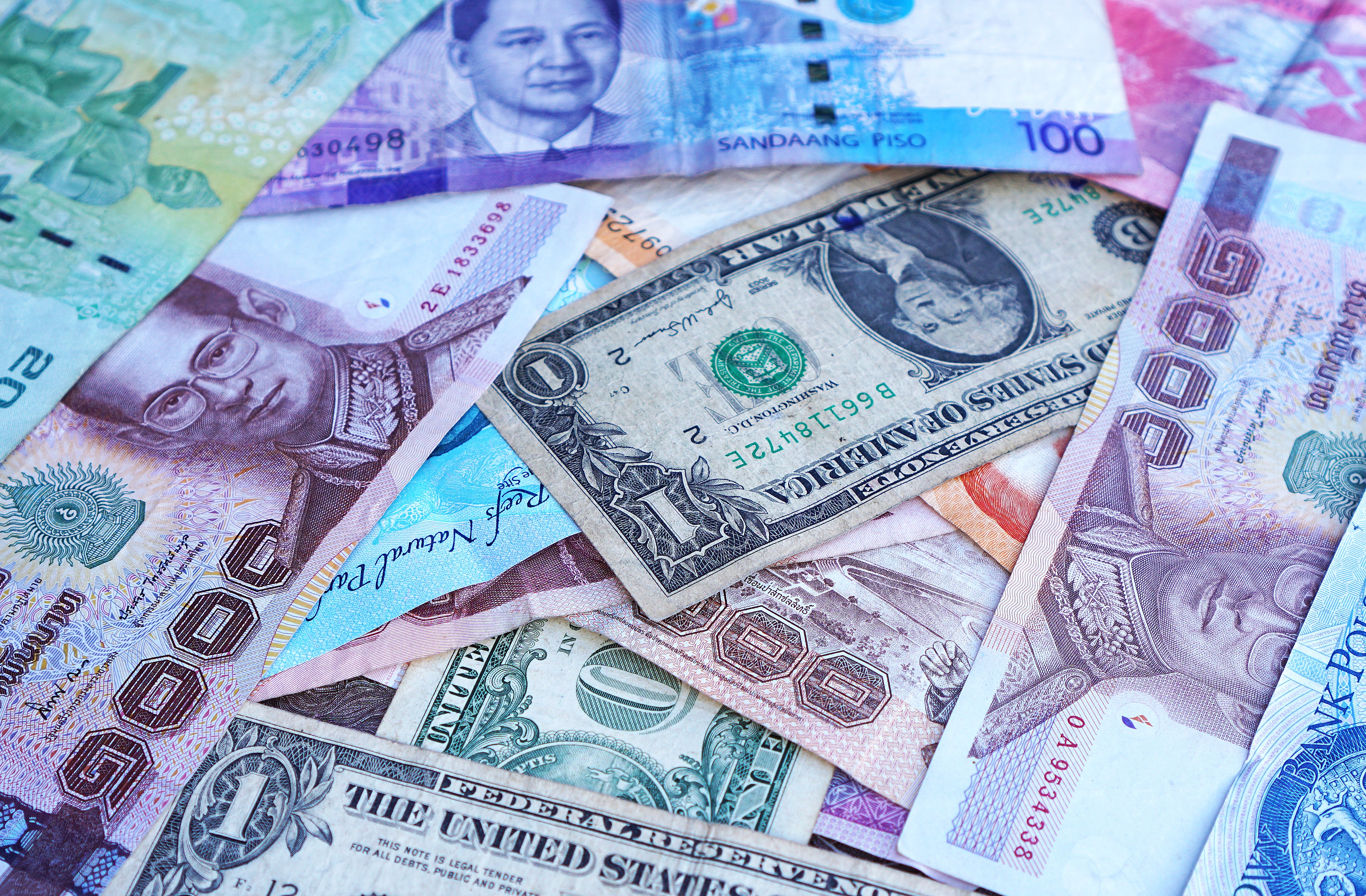


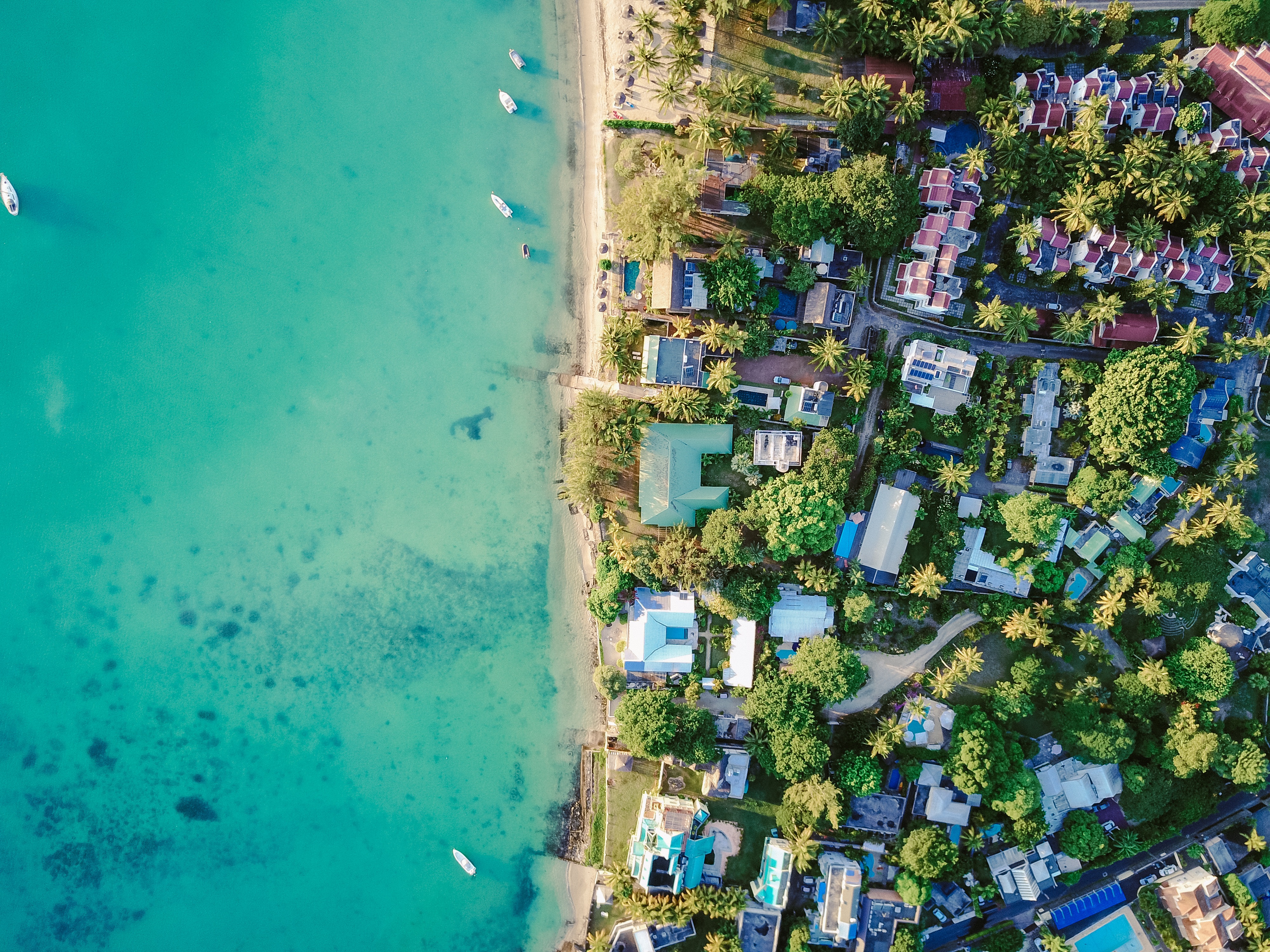
 As more tourists visit the destination, development starts to be undertaken by major tourism organizations. In many cases, tourism infrastructure becomes more developed, with access improving by road, rail, and air. With increased access comes increased demand, and new tourism businesses are usually developed by large multinational corporations to meet that demand – think branded hotels, restaurants, attractions, etc. These changes pave the way for visitation by adapters and daytrippers, while trendsetters and explorers seek out new places to go. Unless the destination makes a concerted effort to become a sustainable tourism destination, the impacts of tourism are likely to change. At this point, local businesses are likely still in the market, but increased competition makes their lives more difficult – meaning the positive economic impacts of previous stages decline and potential over-reliance on tourism can start to happen. Socioculturally, development by outside companies can wash out local culture, and demand from tourists can cause commodification. Environmentally, increased attention can lead to increased preservation of areas that are of touristic value, but continued development can create all sorts of environmental degradation issues.
As more tourists visit the destination, development starts to be undertaken by major tourism organizations. In many cases, tourism infrastructure becomes more developed, with access improving by road, rail, and air. With increased access comes increased demand, and new tourism businesses are usually developed by large multinational corporations to meet that demand – think branded hotels, restaurants, attractions, etc. These changes pave the way for visitation by adapters and daytrippers, while trendsetters and explorers seek out new places to go. Unless the destination makes a concerted effort to become a sustainable tourism destination, the impacts of tourism are likely to change. At this point, local businesses are likely still in the market, but increased competition makes their lives more difficult – meaning the positive economic impacts of previous stages decline and potential over-reliance on tourism can start to happen. Socioculturally, development by outside companies can wash out local culture, and demand from tourists can cause commodification. Environmentally, increased attention can lead to increased preservation of areas that are of touristic value, but continued development can create all sorts of environmental degradation issues.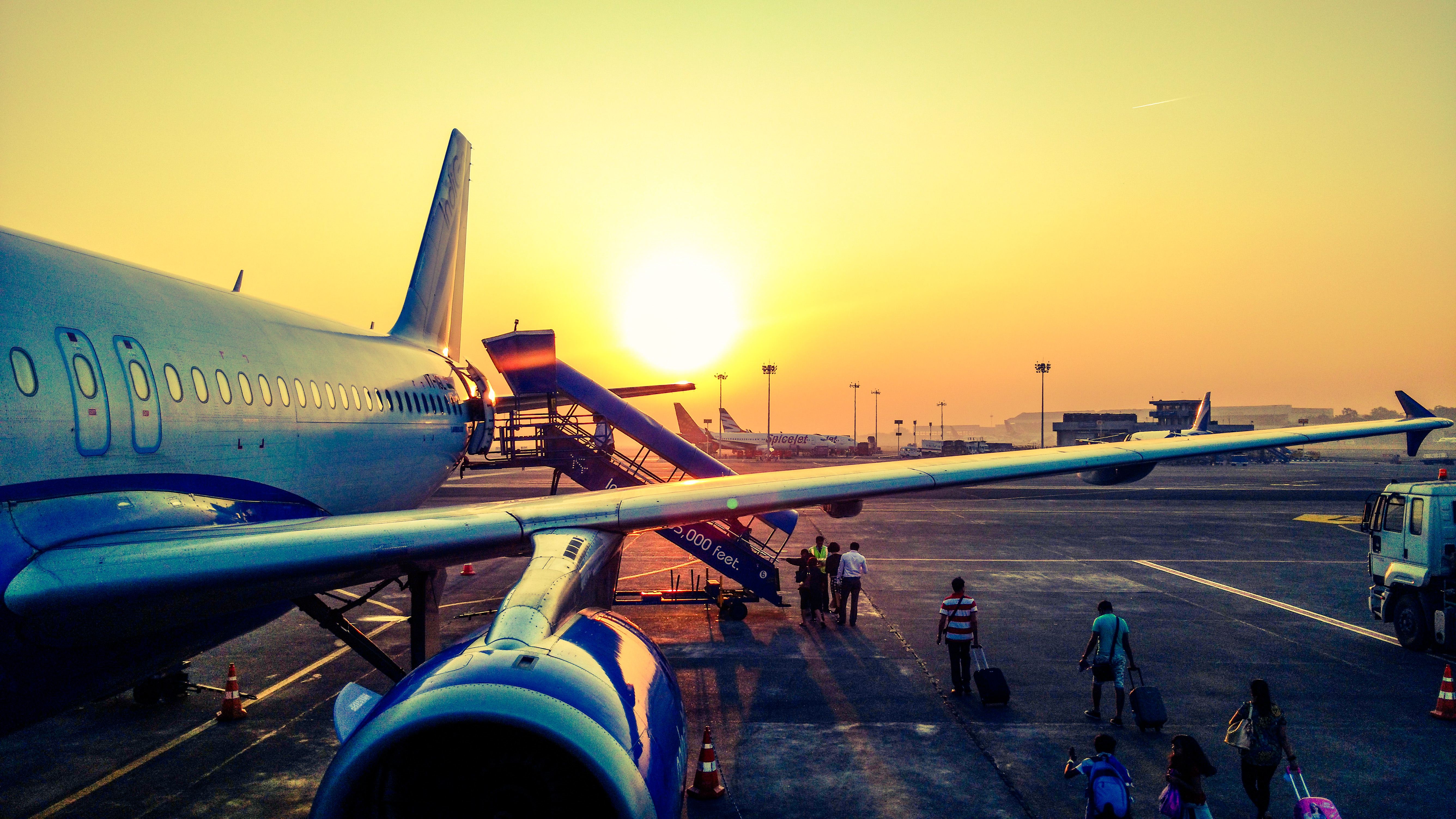
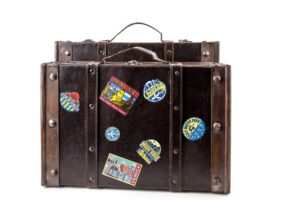 So what does all this mean for you? As airlines have consolidated over the last 10 years, there have been some significant changes that affect the way you fly. The first and probably most visible change is something that came about as a result of 1) surging fuel prices and 2) a major economic recession. In 2008, oil was around $150/barrel and the economy was tanking. American Airlines was the first legacy airline in the U.S. to announce fees for checked bags, and the rest of the industry followed suit. Strangely enough, the only major airline in the U.S. that does not charge for checked bags is Southwest, a low cost carrier. It is important to note that since then, fuel prices have gone down significantly, but the airlines had learned that consumers would bear the cost of checked bags and never looked back. This is something that likely would not have been possible in a market with a greater number of players.
So what does all this mean for you? As airlines have consolidated over the last 10 years, there have been some significant changes that affect the way you fly. The first and probably most visible change is something that came about as a result of 1) surging fuel prices and 2) a major economic recession. In 2008, oil was around $150/barrel and the economy was tanking. American Airlines was the first legacy airline in the U.S. to announce fees for checked bags, and the rest of the industry followed suit. Strangely enough, the only major airline in the U.S. that does not charge for checked bags is Southwest, a low cost carrier. It is important to note that since then, fuel prices have gone down significantly, but the airlines had learned that consumers would bear the cost of checked bags and never looked back. This is something that likely would not have been possible in a market with a greater number of players.